Gold Doubloon Gardenia – 6 Pack Of 1 Gallon Pots
$169.97 Original price was: $169.97.$97.99Current price is: $97.99.
SKU: D2LSC 8413503411 Categories: Gardenias, SHRUBS & BUSHES
- Experience the difference quality makes.
- Buy with Peace of Mind
- Free Shipping, No Compromise on Quality
- High quality products, hassle-free returns.

Gold Doubloon Gardenia
Gardenia jasminoides ‘Ogon-No-Hana‘ GOLD DOUBLOON
Plant Details
USDA Plant Hardiness Zones: 7a-11 Find Your Zone
Shrub Type: Evergreen Flowering Shrub
Height at Maturity: 2-3′
Width at Maturity: 3-4′
Spacing: 3′ apart for solid hedge; 6’+ apart for space between plants
Growth Habit / Form: Rounded Mound
Flower Color: White
Flower Size: Very Large! 4.5-5″
Flowering Period: Late Spring to Early Summer
Flower Type: Double
Fragrant Flowers: Yes – extremely fragrant!
Foliage Color: New leaves are Chartreuse turning to Golden Yellow Shades
Fragrant Foliage: No
Berries: No
Berry Color: NA
Sun Needs: Morning Sun with Afternoon Shade or Filtered Sun, All Day Filtered Sun; We suggest at least 5 hours of direct sun for best foliage color
Water Needs: Average
Soil Type: Clay (amend heavy clay soils to ensure good drainage), Loam, Sand (amend quick draining soils for moisture retention), Silt
Soil Moisture / Drainage: Moist But Well Drained
Soil pH: 5.0- 6.5 (Acid)
Maintenance / Care: Low
Attracts: Visual Attention
Resistances: Deer, Heat, Humidity
Description
Gold Doubloon is an absolutely incredible variegated Gardenia showing off both stunning foliage and the largest flowers of any of the many varieties in our gardens. In spring new leaves emerge a bright chartreuse that turns to shades of brilliant golden yellow with small patches of deep green at the center. In late spring to early summer extremely large 4 to 5 inch white double flowers fill the garden with heavenly aroma. The leaves are also the largest of any gardenia in our gardens. At only 2 to 3 feet tall and 3 to 4 feet wide, Gold Doubloon is good fit as an accent in smaller garden spaces or containers or in groupings or as a low hedge in landscape borders, home foundation plantings or around outdoor living spaces where the fragrance and stunning flowers and foliage can be enjoyed from close up. The flowers are also great for cutting and display beautifully in your favorite vase.
Landscape & Garden Uses
Growing 2 to 3 feet tall and 3 to 4 feet wide, the Gold Doubloon Gardenia is ideal for use as an accent, in groupings, or as a low hedge in home foundation plantings and landscape borders. Its smaller stature also makes it a nice selection for mid to large size containers. Because they like a break from the midday afternoon sun, and cold northwesterly winter winds, we think gardenias are best planted on the east side of the home or other structures. Needless to say gardenias are a fine addition for sensory gardens and near windows or outdoor living spaces where the sweet fragrance can be enjoyed.
Suggested Spacing: 3 feet apart for solid hedge; 6 feet or more apart for space between plants
Growing Preferences
Gold Doubloon Gardenia is easy to grow in moist but well-drained acidic soil of average fertility and part sun, preferably morning sun and evening with some shade or filtered sun in the mid afternoon hours. We suggest at least 5 hours of direct sunlight for best foliage color and heaviest bloom.As with so many other ornamental plants, constantly soggy or wet soils can cause root rot or other plant diseases. The east side of the home or other tall structure is a perfect spot. USDA Zones: 7a-11 Find Your Zone
Soil pH is important!
To flower their best and maintain deep green foliage color, all Gardenia require an acid to moderately acid soil ranging from 4.5 to 6.0 on the pH scale. Alkaline soil cause yellowing of foliage and flowering will be diminished.
Soil pH is a measurement of the alkalinity or acidity of soil and is measured on a scale of 1-14, with 7 as the neutral mark. Any measurement below 7 indicates acid soil conditions, and anything above 7 indicates alkaline. If you’re unsure about the pH of your soil and whether or not it’s suitable for growing Gardenia it’s a good idea to test the soil pH in the planting area. You can quickly test soil pH with an inexpensive soil pH tester probe or kit.
To lower the pH (make more acid) you can apply Soil Sulfur, Aluminum Sulfate, or Chelated Iron. Adding organic compost to the soil or using compost as mulch can also help to increase acidity and maintain acid soil conditions.
Learn More: What is Soil pH & How To Test & Adjust It
Helpful Articles
Click the link below to find helpful advice from our experts on how to plant, fertilize, prune and water Gardenia plants.
How To Plant & Care For Gardenias
Plant Long & Prosper!
Meet The Wilson Brothers & Staff
Questions? Contact Us
Be the first to review “Gold Doubloon Gardenia – 6 Pack Of 1 Gallon Pots” Cancel reply
Related products
Sale!
SHRUBS & BUSHES
Sale!
Hydrangeas
Sale!
SHRUBS & BUSHES
Sale!
Sale!
SHRUBS & BUSHES
Sale!
SHRUBS & BUSHES
Sale!
Boxwood
Sale!









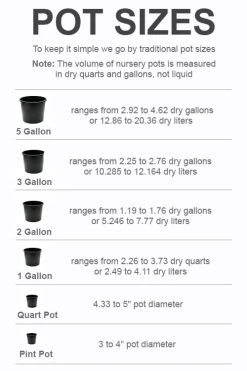





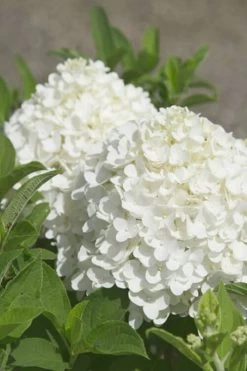



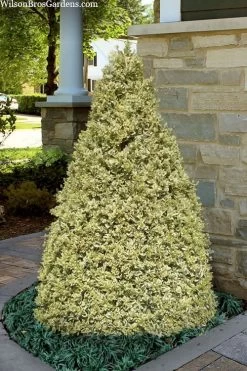




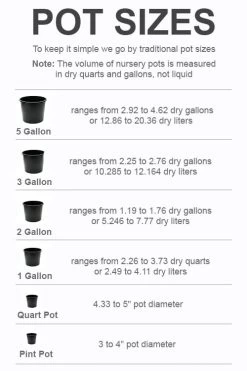
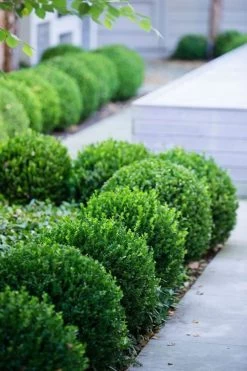

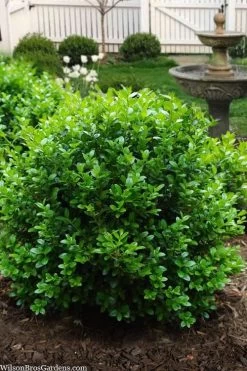

Reviews
There are no reviews yet.